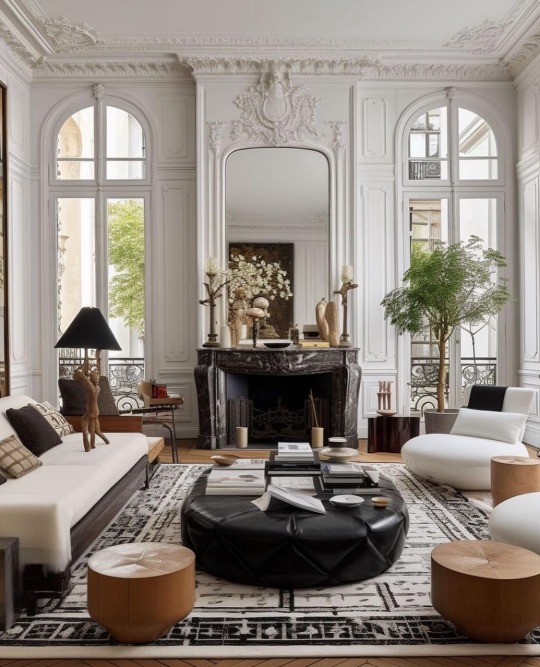#victorian
Text

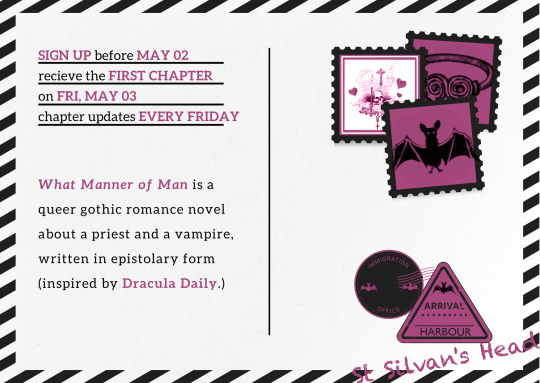
WHAT MANNER OF MAN has risen from the grave! 🦇
❧ Get weekly letters from Catholic priest and beautiful idiot Father Ardelian as he slowly succumbs to the vampire’s wicked allure.
❧ (And maybe comes to term with some things about himself along the way.)
❧ A tale of blasphemy, scandal, and sin!
❧ (Also presenting: swashbuckling lesbians with swords!)
SIGN UP HERE (for free!)


#dracula daily#Dark academia#books and libraries#vampire#writers on tumblr#goth#writeblr#books#vampires#victorian#gothic#dracula#dark academia aesthetic#literature#original post#what manner of man
481 notes
·
View notes
Text
many people know about the 1950s doctor who was obsessed with lobotomies (Dr. Walter Freeman)
fewer people know about the 1860s doctor who was obsessed with clitoridectomies, Isaac Baker Brown
he claimed the operation could cure pretty much all forms of mental illness in women- and then-undesirable behaviors that weren't mental illness at all, like masturbation. it's not known how many women and girls he mutilated, but some were teenagers on whom the procedure was performed without their (or their parents') knowledge or consent
Baker Brown cited a text by Hippocrates as support for this practice- a text which in fact concerned surgical removal of genital warts
he was kicked out of the Obstetrical Society of London in 1867 because of his lax approach to consent, but clitoridectomies remained in sporadic use as a mental health treatment in the US and UK until the mid-20th century. thank heaven they don't seem to have ever been commonplace exactly, but...one person subjected to this is one too many
(note: I use language exclusively referring to women here because, as far as we know, his victims were all what we'd now call cis women and girls. obviously not everyone with a clitoris is a woman, and not every woman has a clitoris)
100 notes
·
View notes
Text
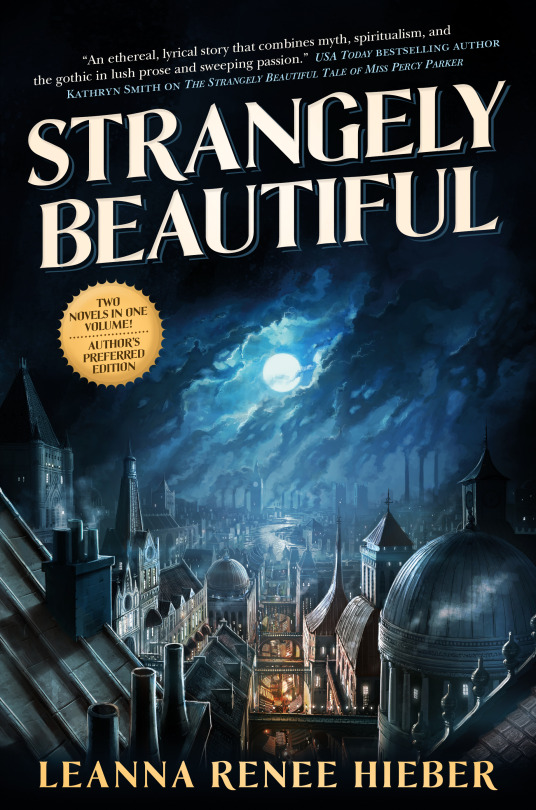
GOTHIC & DARK ACADEMIA ENTHUSIASTS!
DARLINGS! Just noticed the double-volume revised edition of STRANGELY BEAUTIFUL via @torbooks is on super-eBook-sale right now. 684 pages! For only $3.99! Via Kindle, Kobo & Apple Books! Includes THE STRANGELY BEAUTIFUL TALE OF MISS PERCY PARKER and THE DARKLY LUMINOUS FIGHT FOR PERSEPHONE PARKER + extra scenes & content.
This book of my heart is: GOTHIC. It's Jane-Eyre-Meets-Dark-Academia+Hot-For-Teacher+GHOSTS+Greek-Mythology+Jack-the-Ripper+Found-Family
YES, there is a paperback omnibus edition, available via Bookshop.org (my favorite link to send folks to, it supports local bookstores!), B&N and any physical store can order it in. It's on sale too!
Please share? Thank you!
Kindle - Kobo - Apple Books
#gothic#victorian#ghosts#gaslampfantasy#strangely beautiful#strangelybeautifultaleofmisspercyparker#gothic novel#gothic fiction#dark academia#dark academia books#ghost stories#alternate history#jack the ripper#hot for teacher#new adult#paranormal romance#haunted house#paranormal#spirits#mystery#possession#greek myth retellings#greek mythology#persephone#victorian london#ebook sale
85 notes
·
View notes
Text
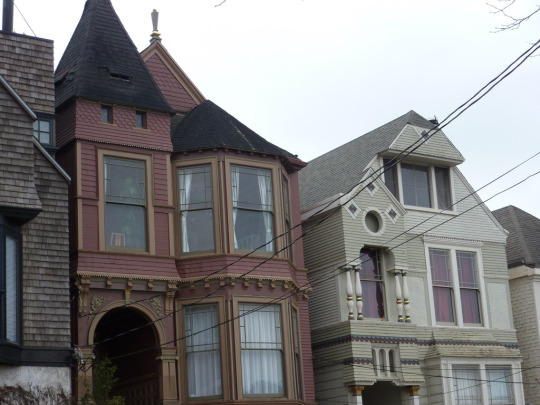
(x)
108 notes
·
View notes
Text
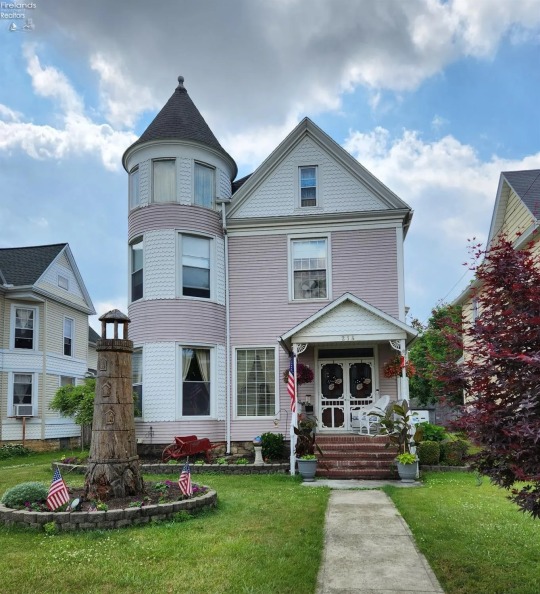
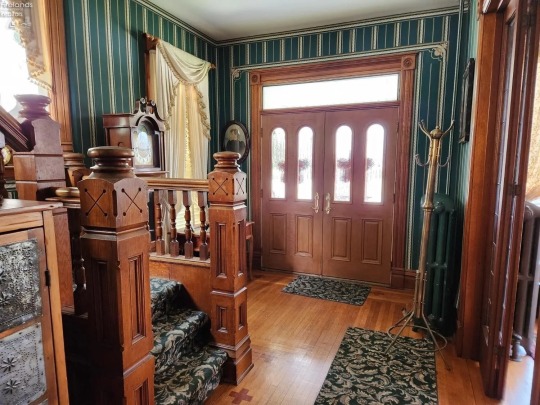





Bellevue, Ohio
built in 1900
84 notes
·
View notes
Text
https://rebecca-068.tengp.icu/ir/jbu2Ecd
#narry#wei ying#victorian#no bra club#paladin danse#cavetown#namjoon smut#etymology#palestine#Corbin Fisher#dipper pines#gender euphoria#the dark artifices#good omens 2
121 notes
·
View notes
Text
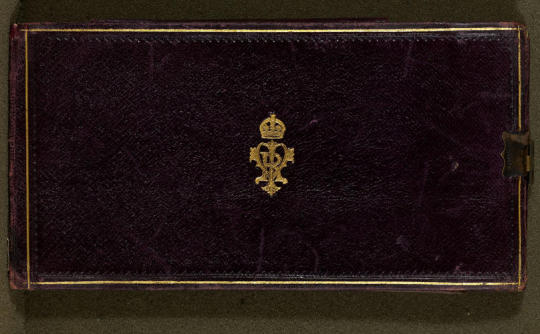
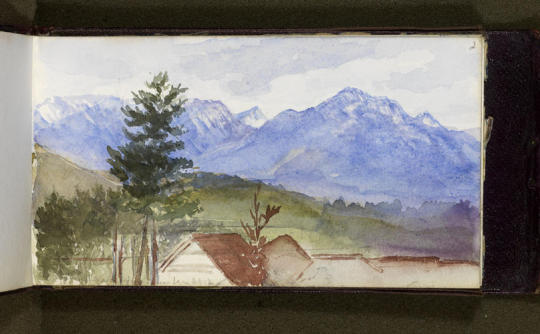
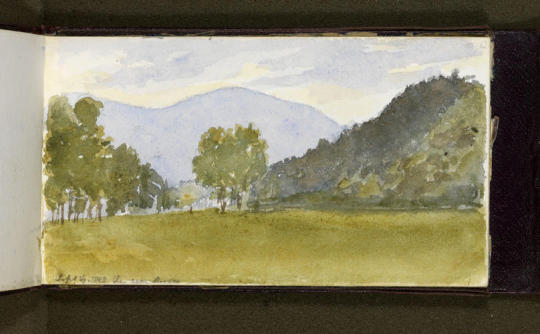
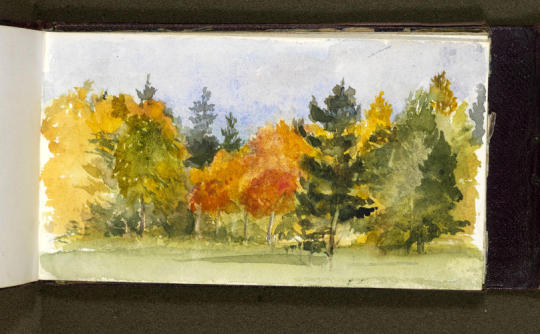

Sketches by Queen Victoria, 1885-88.
54 notes
·
View notes
Text

Victorian, Style
56 notes
·
View notes
Text
#drarry fanart#poemas#nihachu#panty slave#a song of ice and fire#egg free#kate moss#die#narry#wei ying#victorian#no bra club#paladin danse#juicy fat ass
126 notes
·
View notes
Text
"There is something in a lost love that is sweet to remember, even though it was purchased with a thousand tears."
Mary Elizabeth Braddon, Lady Audley's Secret
#words#personal#love#lit#quotes#poetry#quotations#Lady#Secret#Victorian Literature#Literature#Victorian#classic#mary elizabeth braddon#love lost#lost love#thoughts#spilled words#novel#heartbreak#sorrow
31 notes
·
View notes
Text
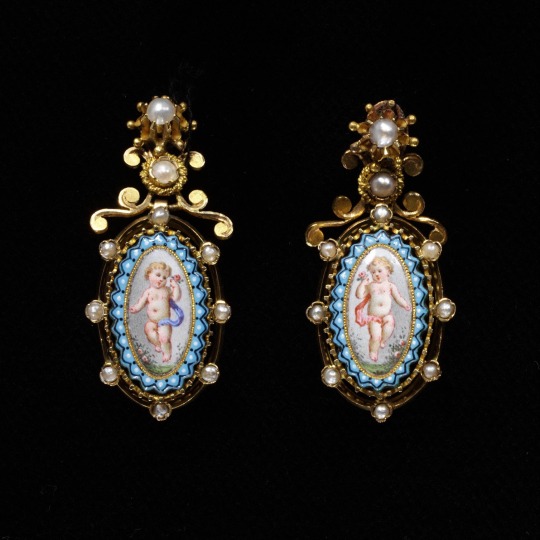
Earrings
c. 1880
Gold with enamelled plaques and pearls
Victoria and Albert Museum
#victorian jewelry#antique jewelry#earrings#antique earrings#antiquities#fashion history#historical fashion#Victorian#jewelry#frostedmagnolias
40 notes
·
View notes
Text
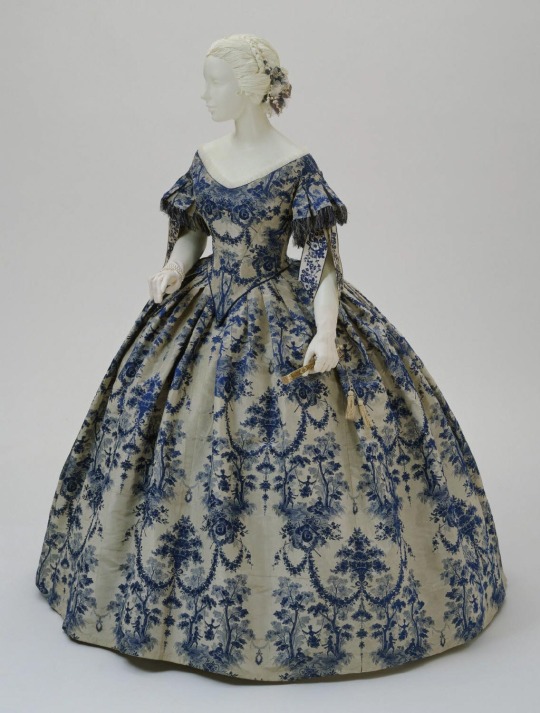
1850-1855 Silk Evening Dress.
#historical fashion#fashion#historical#history#historical clothing#historical dress#long dress#victorian#textiles#victorian era#evening dress#evening gown#high fashion#old fashioned#fashion dress#1850s#1850s dress#1800 dress#1800s dress#1800s fashion#1800s#19th century fashion#19th century#victorian fashion#victorian pattern#victorian history#victorian dress#historical costuming#historical costume
52 notes
·
View notes
Text

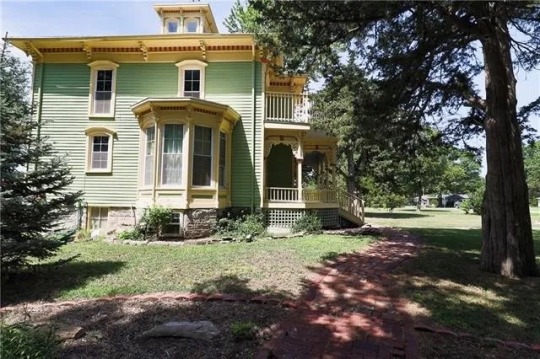


Garnett, Kansas
built in 1871
86 notes
·
View notes
Text
Afternoon dress, American, c. 1852
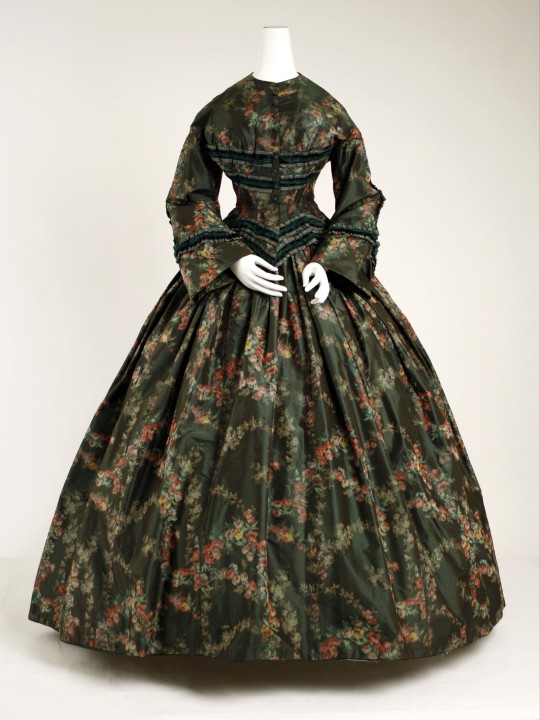
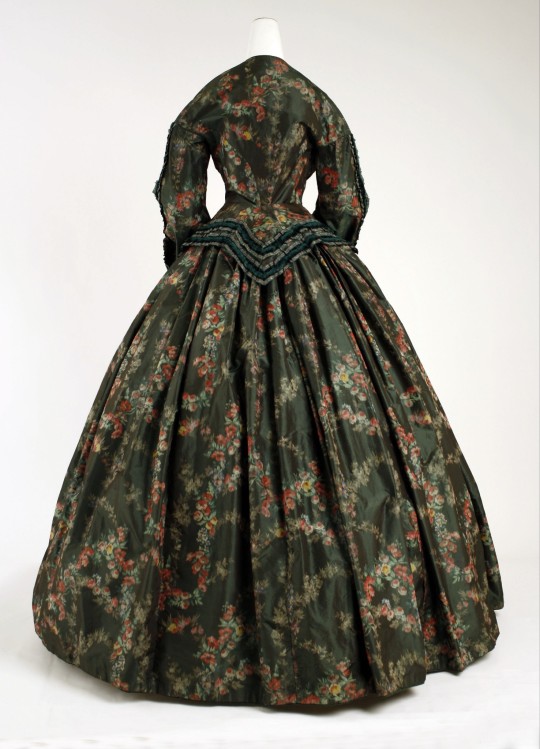
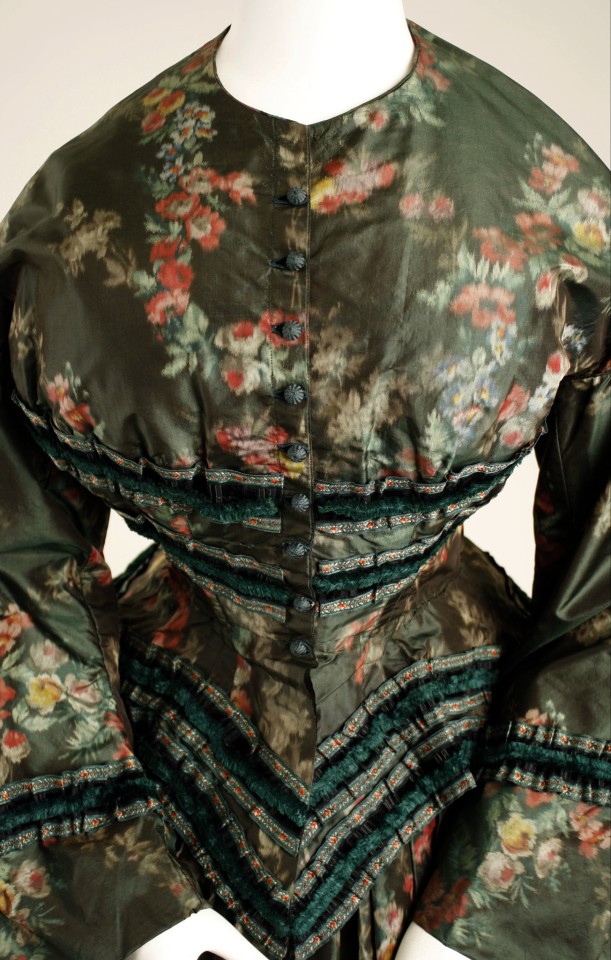
The MET Museum
49 notes
·
View notes
Text
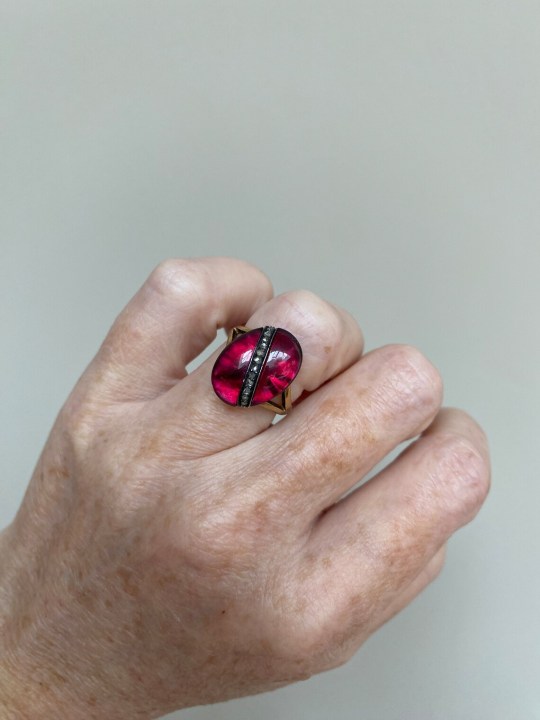
Victorian 15k Gold Foiled Almandine Garnet and Rose Cut Diamond Ring
24 notes
·
View notes
